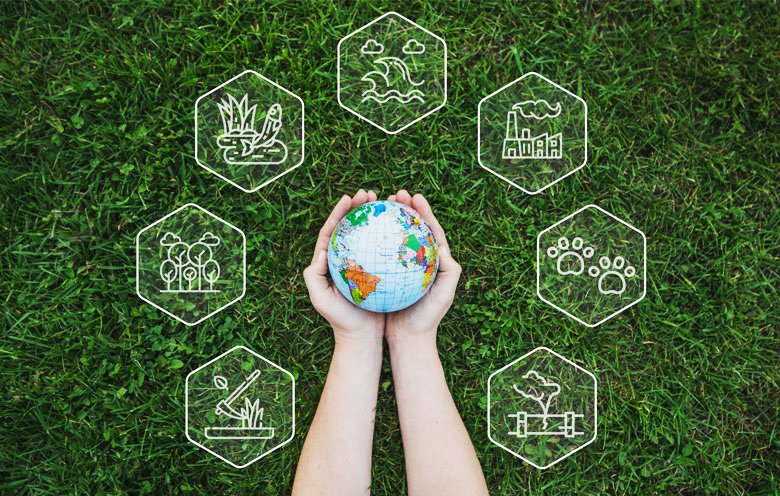In this article, you will explore the different ways an environmental sensor can be used to monitor conditions and perform tasks. Environmental sensors can be used for a variety of purposes, including monitoring air quality, measuring temperature and humidity, and controlling lighting and irrigation. Keep reading to learn more about the different uses of environmental sensors.
Security Systems
Environmental sensors are an important part of security systems because they can detect unauthorized entry, changes in the environment, and even fire. Environmental sensors can be placed in doorways, windows, and other areas to detect when someone has entered the premises without authorization or when there is a change in the environment, such as a fire.
Verkada is a security company that offers a product line made to improve safety on your property. From security cameras to environmental sensors, you can utilize their cloud-based software platform to monitor the health and safety of your environments. Their environmental sensors can sense changes in temperature, air quality, humidity, and noise. It even has motion and vape detection. The best part is that their products can be integrated with Verkada security cameras to get visual evidence of any changes. Verkada's platform also allows users to visualize their data for smarter building monitoring.
Air Quality
Air quality sensors are used to measure the quality of the air in a given area. They can be used to measure the concentration of pollutants in the air, the temperature and humidity, or the amount of sunlight present. Air quality sensors can be used to help people with asthma or allergies, to improve the air quality in a building, or to measure the impact of pollution on the environment.
Water Quality
Water quality sensors are used to measure the quality of water in a given area. They can be used to measure the concentration of pollutants in the water, the temperature and pH levels, or the amount of dissolved oxygen present. And they can be used to help people make sure their drinking water is safe, to monitor the health of aquatic ecosystems, or to measure the impact of pollution on the environment.
Soil Moisture
Soil moisture sensors are used to measure the moisture content of soil. They can be used to help farmers decide when to water their crops, to monitor the health of plants, or to measure the impact of drought on the environment.
Weather Sensors
Weather sensors are used to measure the weather conditions in a given area. They can be used to measure the temperature, humidity, wind speed, direction, and the amount of sunlight present. Weather devices can be used to help people plan their day, to monitor the health of plants, or to measure the impact of climate change on the environment.
Benefits of Using an Environmental Sensor
There are many benefits of using an environmental sensor in both industrial and commercial settings. By monitoring and adjusting environmental conditions such as temperature, humidity, and light levels, businesses can operate more efficiently. This is because the equipment and machinery will be running under optimum conditions, leading to less wear and tear and reduced energy usage. In order to produce high-quality products, it is important to have a controlled and consistent environment. An environmental sensor can help to achieve this by constantly monitoring the conditions and making any necessary adjustments. Poor environmental conditions can lead to increased waste and higher costs. For example, if the humidity is too high, it can cause products to warp or degrade. With a sensor, businesses can avoid these problems and save money in the process. Having a sensor near each entry point can also help to improve safety and security.
Overall, these are just a few examples of the uses and benefits of an environmental sensor.






